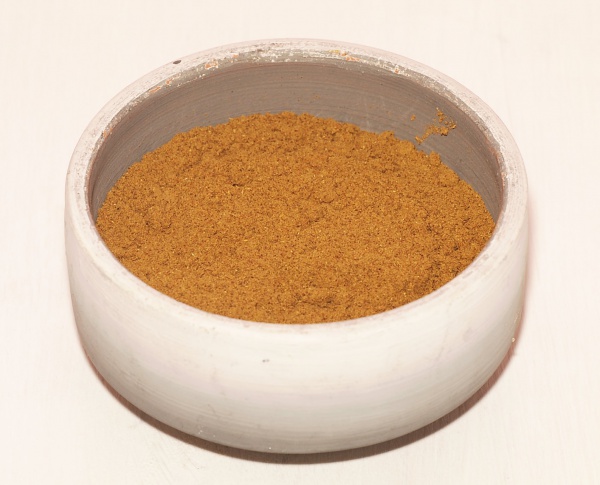Facts About Ras el hanout
Ras el hanout, also known as rass el hanout, is a cherished spice blend in Tunisia, Algeria, and Morocco. The name means "head of the shop" in Arabic, suggesting a blend of the finest spices available. This mix is a cornerstone of North African cuisine, similar to garam masala in Indian cooking. It is highly versatile and can be used to season meats, fish, couscous, pasta, or rice.
What is intriguing about ras el hanout is its highly variable composition. Each shop, company, or family might have its own unique recipe. Typically, it includes a medley of over a dozen spices. Common ingredients are cardamom, cumin, clove, cinnamon, nutmeg, mace, allspice, dry ginger, chili peppers, coriander seed, peppercorn, sweet and hot paprika, fenugreek, and dry turmeric. Occasionally, regional spices such as ash berries, chufa, orris root, and long pepper are added. These spices are generally toasted, ground, and mixed together. While some commercial blends may include salt, sugar, garlic, saffron, nuts, or dried herbs, these additions are not traditional.
Although similar to the Baharat spice mix, ras el hanout is unique in its association with specific dishes and regions. It differs from the Ethiopian "berbere" spice mix. Interestingly, there are even rumors that some Moroccan versions include aphrodisiacs like cantharides, but these ingredients are not necessary for achieving the characteristic flavor.

 Tunisia
Tunisia